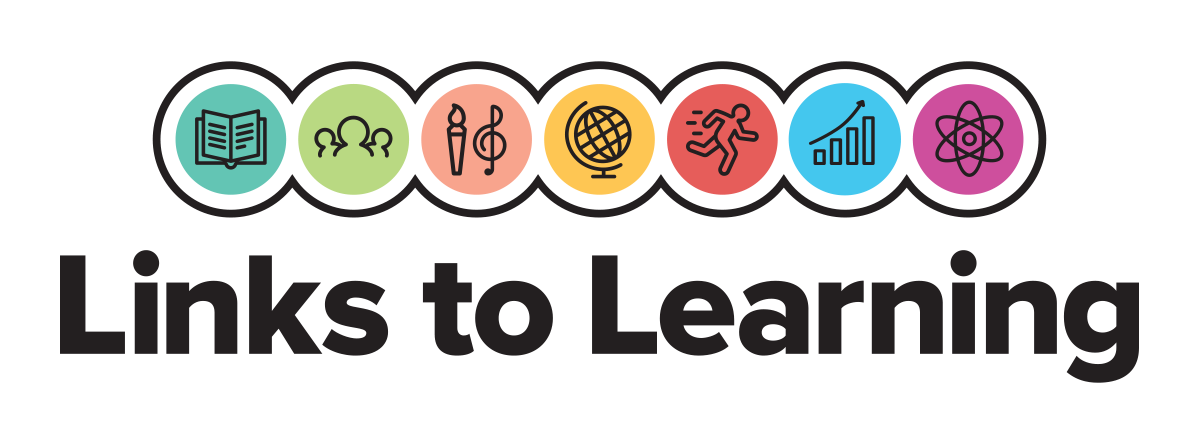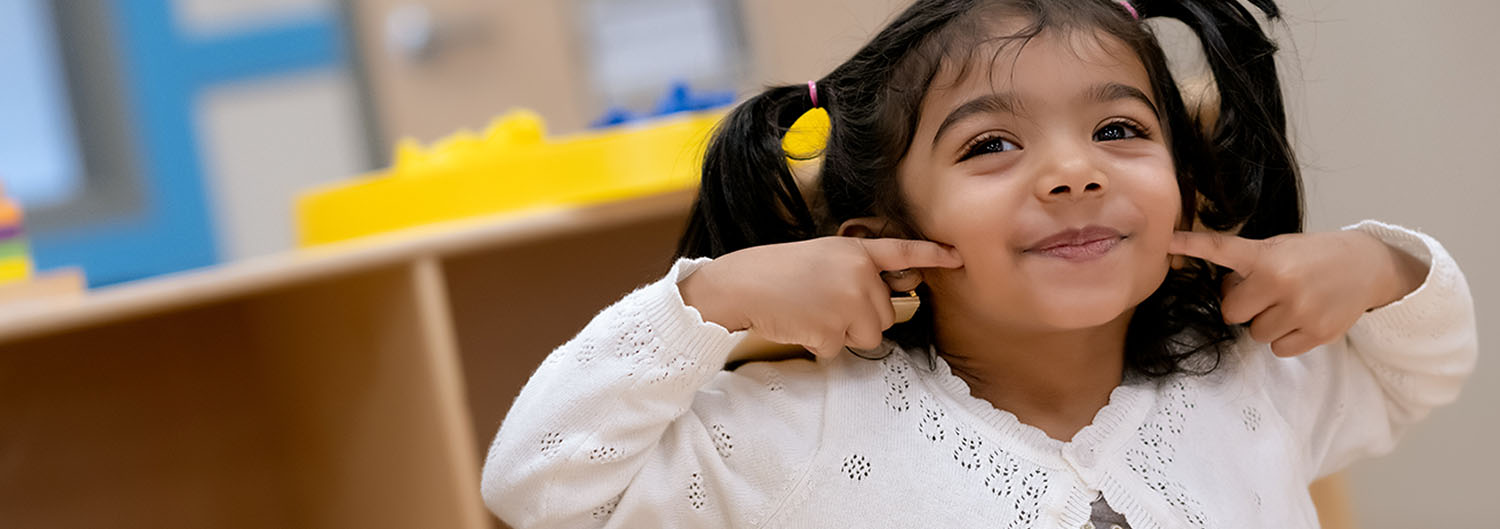- View All
- Topics
- Search
Topics
Blog Archive
-
2024 (26)
- November (3)
- October (2)
- September (3)
- August (3)
- July (3)
- June (2)
- May (2)
- April (2)
- March (2)
- February (2)
- January (2)
-
2023 (15)
- December (2)
- November (2)
- October (2)
- September (1)
- August (1)
- July (1)
- June (1)
- May (1)
- April (1)
- March (1)
- February (1)
- January (1)
-
2022 (13)
- December (1)
- November (1)
- October (1)
- September (1)
- August (2)
- July (1)
- June (1)
- May (1)
- April (1)
- March (1)
- February (1)
- January (1)
-
2021 (15)
- December (1)
- November (1)
- October (1)
- September (2)
- August (1)
- June (1)
- May (2)
- April (1)
- March (2)
- February (2)
- January (1)
-
2020 (11)
- December (1)
- October (2)
- September (1)
- August (1)
- July (1)
- May (2)
- March (1)
- February (1)
- January (1)
-
2019 (12)
- December (1)
- November (1)
- October (1)
- September (1)
- August (1)
- July (1)
- May (2)
- April (1)
- March (1)
- February (1)
- January (1)
-
2018 (12)
- December (1)
- November (1)
- October (1)
- September (1)
- August (1)
- July (1)
- June (1)
- May (1)
- April (1)
- March (1)
- February (1)
- January (1)
-
2017 (12)
- December (1)
- November (1)
- October (1)
- September (1)
- August (1)
- July (1)
- June (1)
- May (1)
- April (1)
- March (1)
- February (1)
- January (1)
-
2016 (12)
- December (1)
- November (1)
- October (1)
- September (1)
- August (1)
- July (1)
- June (1)
- May (1)
- April (1)
- March (1)
- February (1)
- January (1)
-
2015 (12)
- December (1)
- November (1)
- October (1)
- September (1)
- August (1)
- July (1)
- June (1)
- May (1)
- April (1)
- March (1)
- February (1)
- January (1)
-
2014 (6)
- December (1)
- November (1)
- October (1)
- September (1)
- May (1)
- April (1)




Nobel Learning’s Teacher of the Year Explains Importance of STEM in Preschool
At Nobel Learning Communities Inc., we believe that STEM education is critical in the preschool years. Our dedicated teachers create lesson plans that feature hands-on STEM activities in all aspects of the classroom. For example, while learning to tell time, students explore technologies such as sundials, analog clocks and digital clocks.
We recently sat down with Kirsten Benavides, Nobel Learning Communities’ Preschool Teacher of the Year. Kirsten, a Pre-K 2 teacher at our Chesterbrook Academy school in Ashburn, Virginia, was recognized for consistently finding new, innovative ways to keep students engaged in learning. She answered some frequently asked questions about STEM, and provided a few simple activities that you and your child can do at home.
1. Why is STEM important in early childhood education, and at what age is it introduced?
STEM helps build the foundation students need for a lifetime of learning. It encourages collaboration, problem solving, decision making, creativity and innovation. We introduce STEM through sensory exploration beginning in our infant classrooms. Children are active learners who are curious as soon as they enter the world, so it’s never too early to start STEM education.
2. STEM is a term used frequently in K12 grades, but what does STEM look like in a preschool classroom?
STEM in preschool is similar to what you’ll see in K12, but at a much more basic level. In early childhood education, STEM is practiced most frequently in the form of investigation. Students explore, ask questions, make predictions, and chart their results. To help facilitate these investigations, we integrate literary works and provide students with a variety of age-appropriate tools, including journals, binoculars, toy shovels, microscopes, K’NEX, dice, specimen jars and more.
3. Are parents surprised to learn that STEM education begins in preschool, or have they come to expect it?
New parents are usually pleasantly surprised when they learn that we introduce STEM education with our little ones, but they are intrigued and want to know more. Parents who have been with us for a few years have seen the benefits of STEM on their children’s academic, social and emotional development.
4. How do you guide critical thinking and hypothesizing with preschoolers?
Learning about an unfamiliar concept is difficult for young children, so I like using everyday objects to help make new ideas easier to understand. For example, to learn about the concept of cause and effect, we take ice cubes outside and watch them melt in the sunshine. I ask questions to encourage exploration and to guide critical thinking, such as “What do you think will happen when we put the ice cube in the sun?”, “How long do you think it will take for the ice cube to melt?” and “Why do you think the ice cube melted?”
5. What are some of your students’ favorite STEM activities?
I transform my classroom into a place called a “Space of Wonder,” by imagining that the door to the classroom is the door to a magical learning environment. When students enter, they are introduced to an exploratory universe of visual stimulation. To create a planetarium, I cover the walls with black paper and draw stars and planets with chalk. I even create a 3D astronaut, so the students could label the parts of a spacesuit.
Nature walks are another favorite activity that cultivate a deeper connection to the earth and foster academic, physical, and social skills. The children love finding and exploring objects such as leaves, pine cones and flowers. They collect data, draw the items in their journals, and use inventive spelling to describe their findings.
In October, my students become little detectives as they solve Halloween mysteries. They predict and test the buoyancy of objects at the water table, draw and label parts of a pumpkin, and brainstorm the jack-o-lantern face that they want to carve.
6. What are some STEM activities that parents can do with their children at home?
Read Rapunzel with your child and ask, “How would you help Rapunzel get out of the tower?” Using tape and paper towel rolls, encourage her to create a contraption that Rapunzel could use to escape. Tailor this activity to your child’s interests. The possibilities are endless!
Encourage your child to create patterns using common household items (i.e. colored pasta, cereal, fruit). When she is finished, copy her pattern. Take turns making and replicating different patterns.
Take a walk with your child and have her gather leaves and flowers. When you get home, ask her to organize the items into categories. Then, ask your child to compare the two groups. If age-appropriate, listen for words such as more than, less than or equal to.
Save
Save
Save
Save
Save
Save